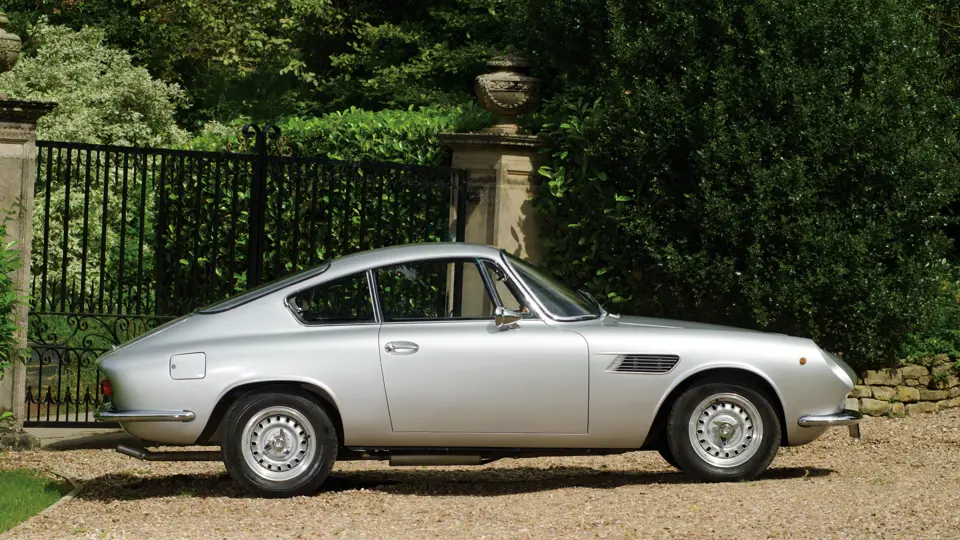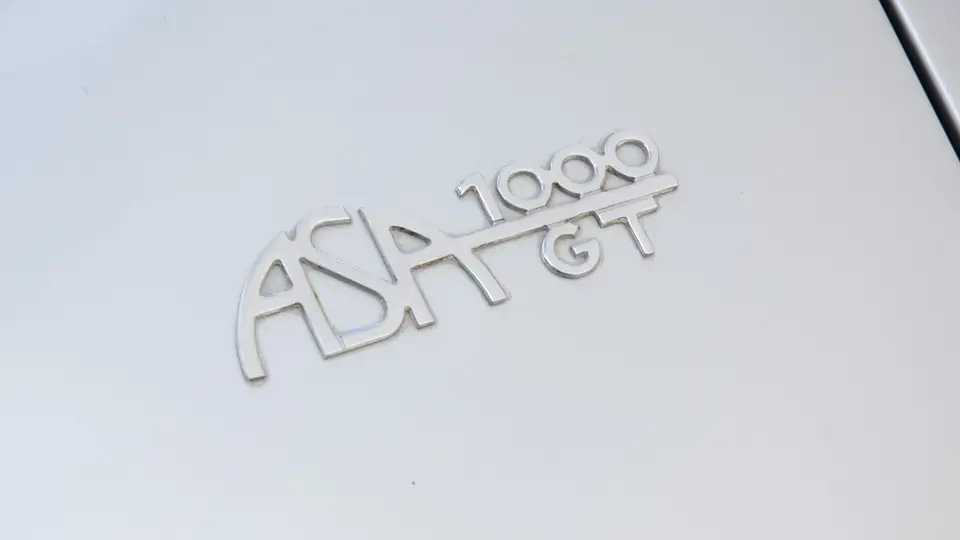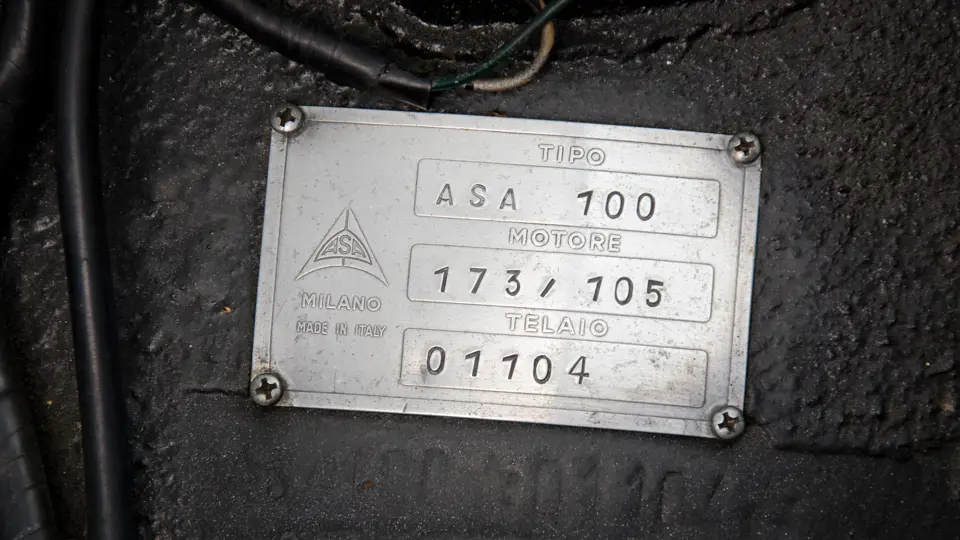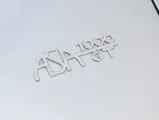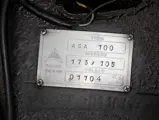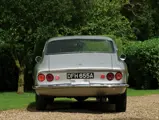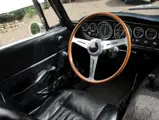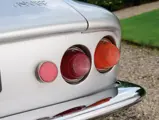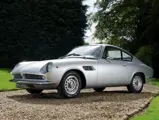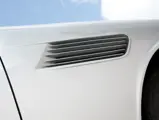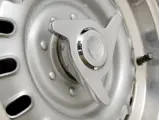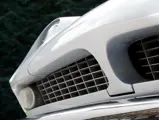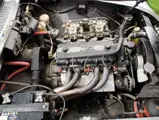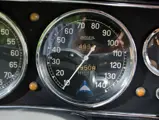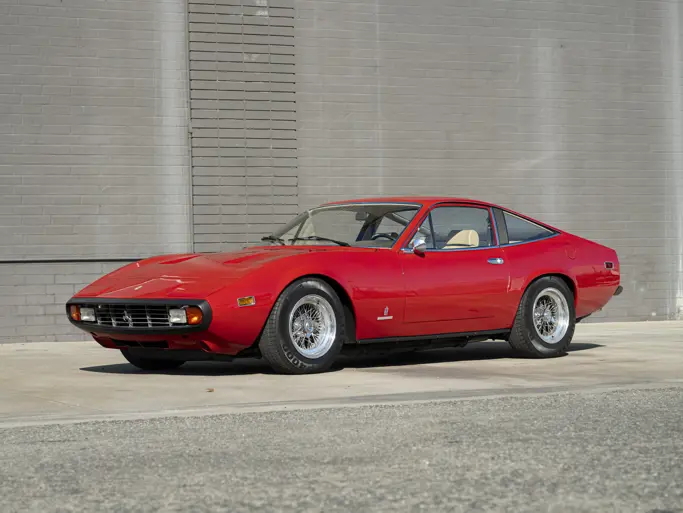95 hp, 1,032 cc overhead cam inline four-cylinder engine, twin two-barrel Weber carburettors, five-speed manual transmission, independent double wishbone and coil spring front, rigid axle with coil springs rear suspension, and four-wheel disc brakes. Wheelbase: 86.6 in.
• Ex-L. Scott Bailey, founder of Automobile Quarterly magazine
• Three private owners from new
• Restored to original Giugiaro design
While it is very well-known that Enzo Ferrari insisted for a long time that road cars bearing his name had to have 12 cylinders, the desire to expand the income stream of his company in order to support its core racing activities led Ferrari to develop a small displacement engine in 1959.
The finished engine, chassis, and prototype car, nicknamed ‘Ferrarina’, were shown at the Turin Auto Show in 1961 with a body by Bertone. Into the scene came racing drivers Gerino Gerini, Lorenzo Bandini, and Giancarlo Baghetti, who created a company called Autocostruzioni Societa per Azioni, or ASA. They recruited the Ferrari engineer in charge of the project, Giotto Bizzarrini, to join them, along with Oronzio and Niccolo de Nora, father and son Ferrari clients who owned a company manufacturing electromechanical components. They eagerly embraced the idea of building the car and production was set in one of their factories.
At the 1962 Turin Show, the ASA 1000 GT appeared. Production began in 1964, and in a three year period, an estimated 50 to 75 ASA 1000s were built. Ultimately, the car, while well engineered and beautifully styled by Giorgetto Giugiaro, was too expensive for what was after all a one-litre car.
This ASA 1000 GT was built in late-1964. With its all-steel body and finished in silver with a black interior, it is a great example of what could be termed a miniature 250GT/Lusso. Brought into the U.S. in March 1965 by Ferrari importer Luigi Chinetti, it was sold to its first owner, Pete LaBiance, of Pennsylvania, by R&S Imports, of Bethayres, Pennsylvania. Mr LaBiance later sold it to A.R. Modny, Automarque, of Arlington, Virginia, from whom it was purchased by L. Scott Bailey, whose family now offers it for sale.
L. Scott Bailey was the founder of Automobile Quarterly magazine. To quote The New York Times, “The magazine he created became known to car collectors and garage tinkerers as the gold standard of ‘automotive literature,’ in Mr. Bailey’s phrase—a cross between The New Yorker and the Encyclopaedia Britannica in the world of automania, and one of the few magazines ever to come with a subtitle: The Connoisseur’s Magazine of Motoring Today, Yesterday, and Tomorrow”.
When Bailey acquired the ASA, it was suffering from significant corrosion, but it showed no accident damage. He commissioned a restoration from Wilkinson and Sharp in Feasterville, Pennsylvania, which began in 1982. Although Bailey had paid $4,000 for the car, he didn’t hesitate to spend another $33,000 on the restoration. The engine was sent to Italy to be rebuilt by Pisoni engineering, suppliers to Ferrari’s racing shop. A known trouble spot, the Laycock overdrive transmission was replaced at this time with a five-speed unit from a Fiat 124, a common upgrade for these cars. The interior was reupholstered in the correct pattern, but with leather replacing the original vinyl. At the time of restoration, Bailey made the decision to alter the headlight installation to match that of Giugiaro’s original vision, as seen on the 1961 prototype. The so-called “sugar scoop” headlight arrangement sets the lamps deep into a recessed nacelle.
This is one of the rarest low production Italian sports cars and the first thoughts of what Enzo Ferrari’s vision of what a smaller Ferrari should be. With a Bizzarrini-designed chassis, an aluminium OHC engine, and a sleek Bertone body, it’s hard to see why the ASA 1000 GT wasn’t a world-beater. As it is, it is a charming and vastly enjoyable entry to international concours and touring and rally events.




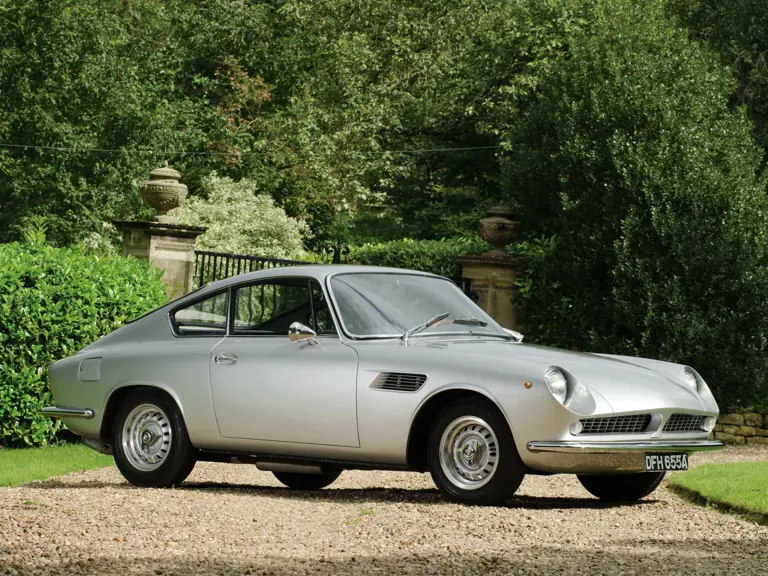
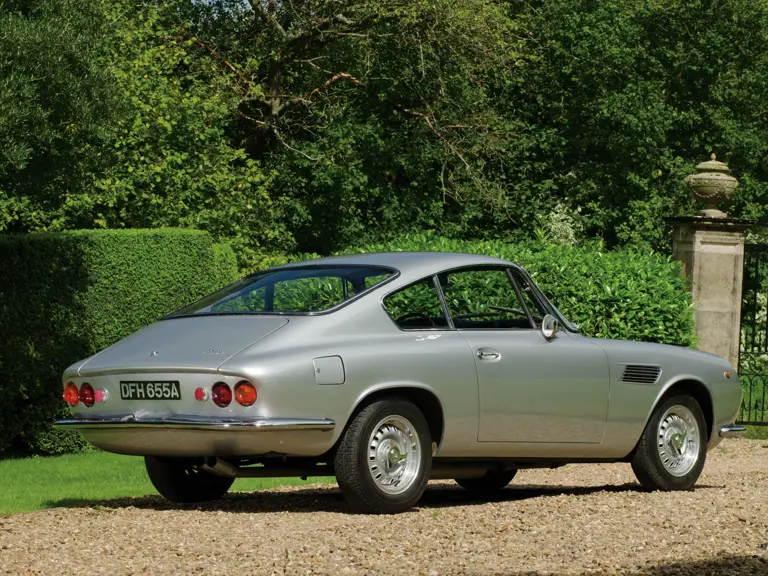
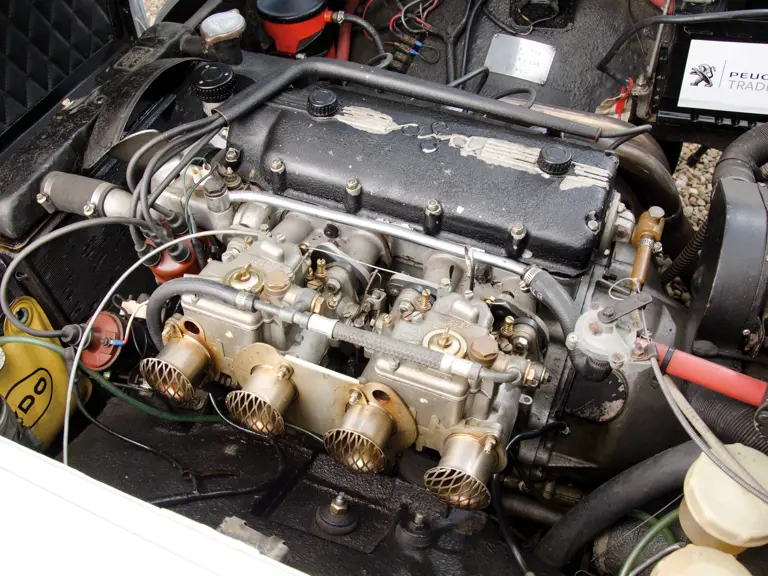

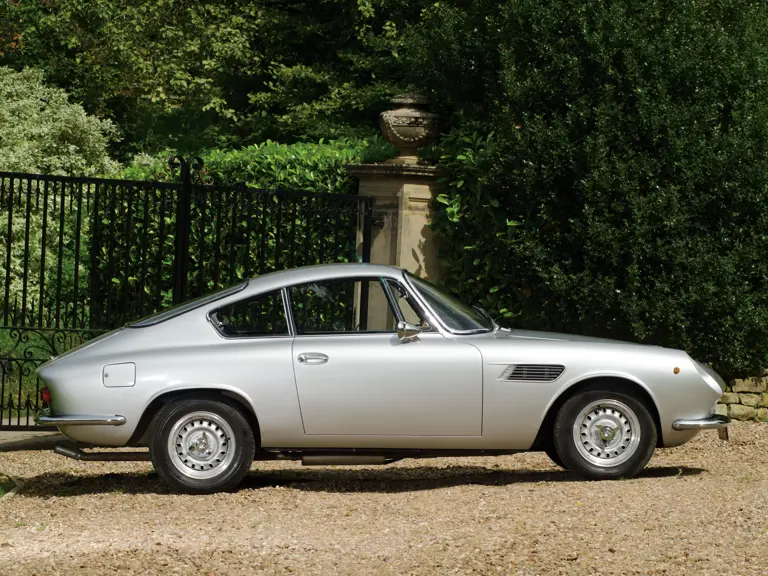
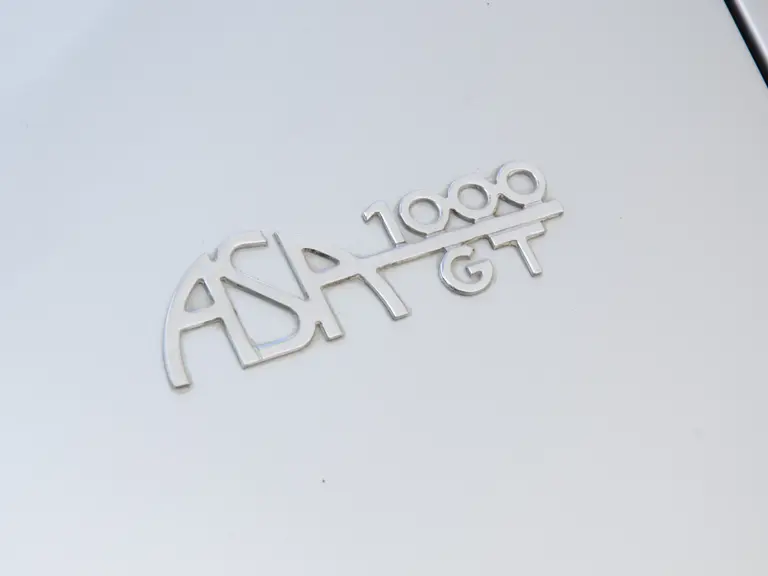
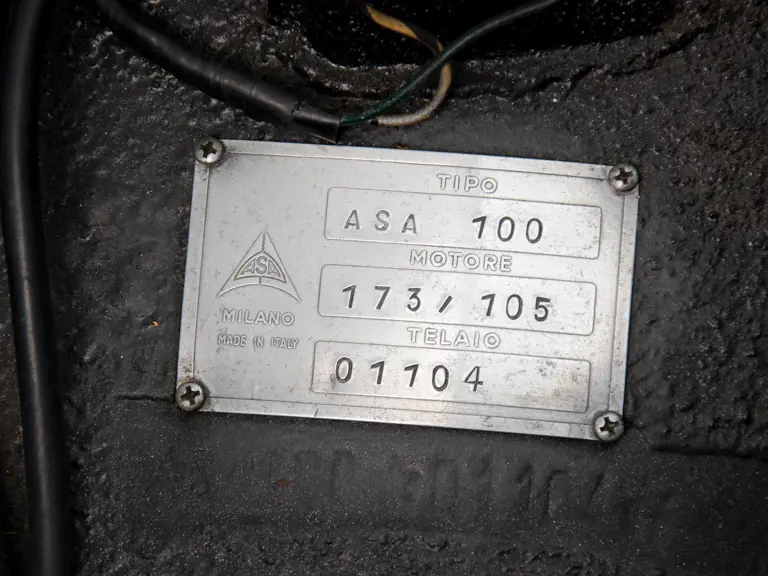
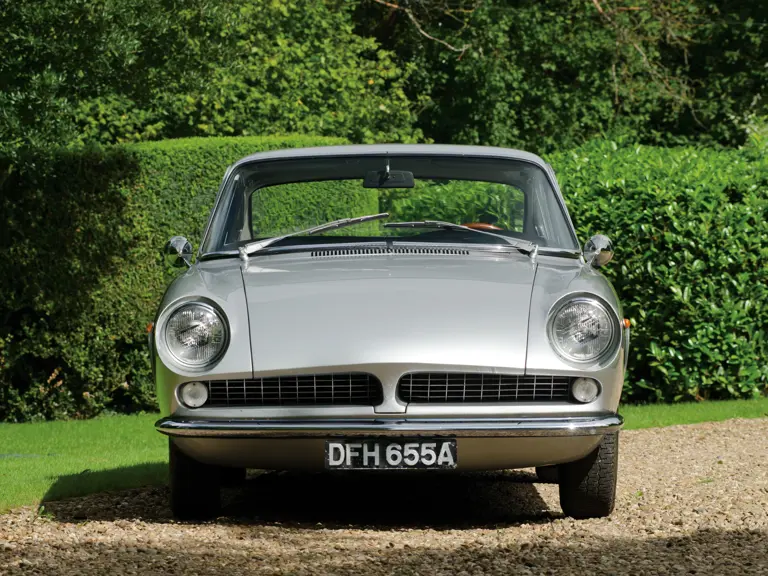
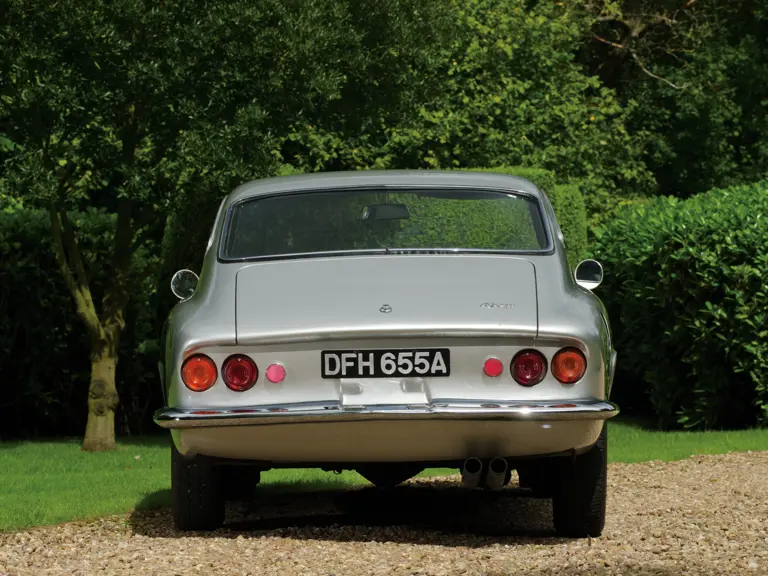
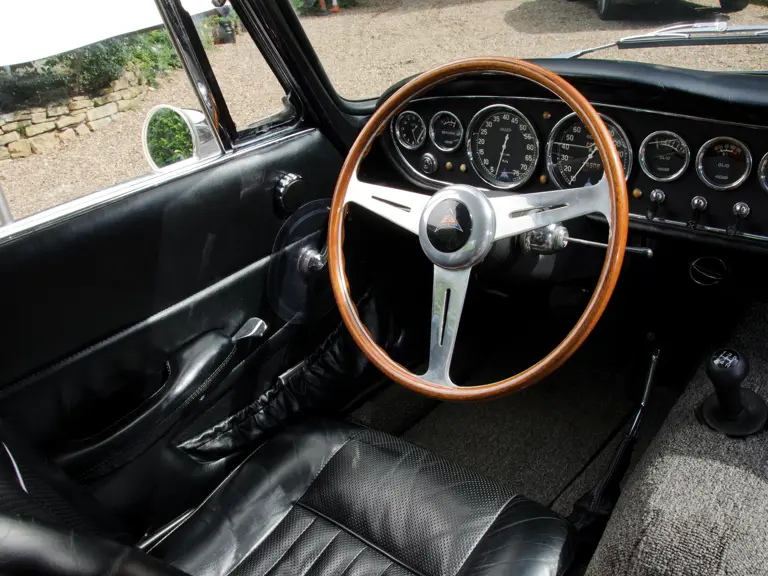
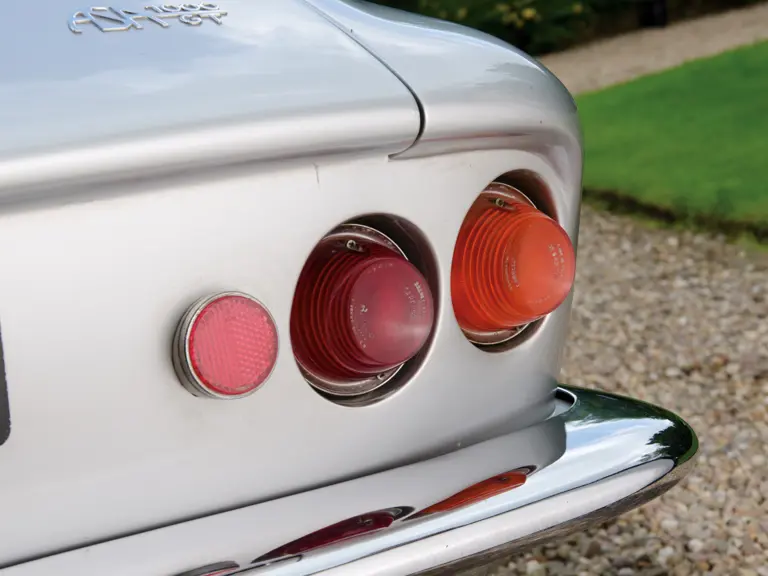
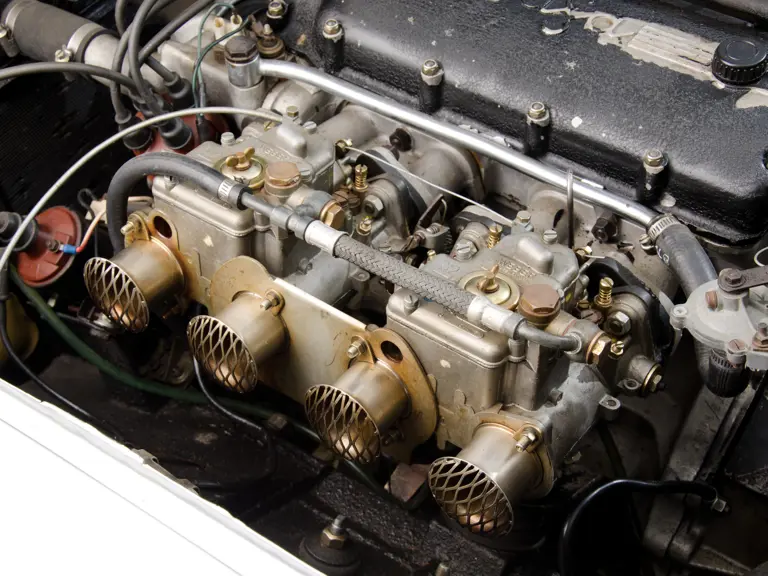
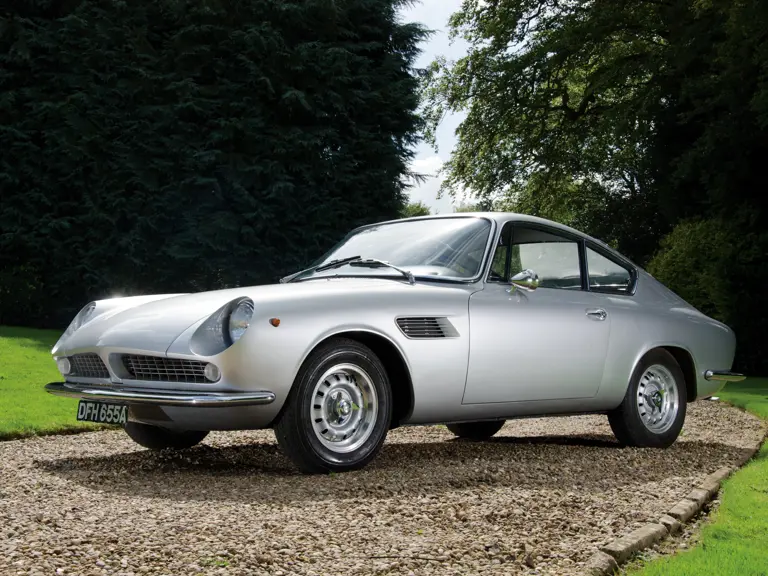
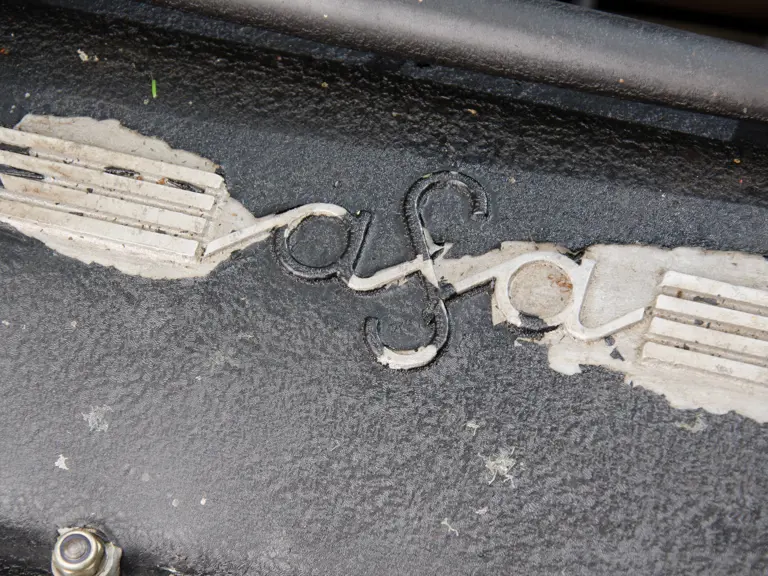
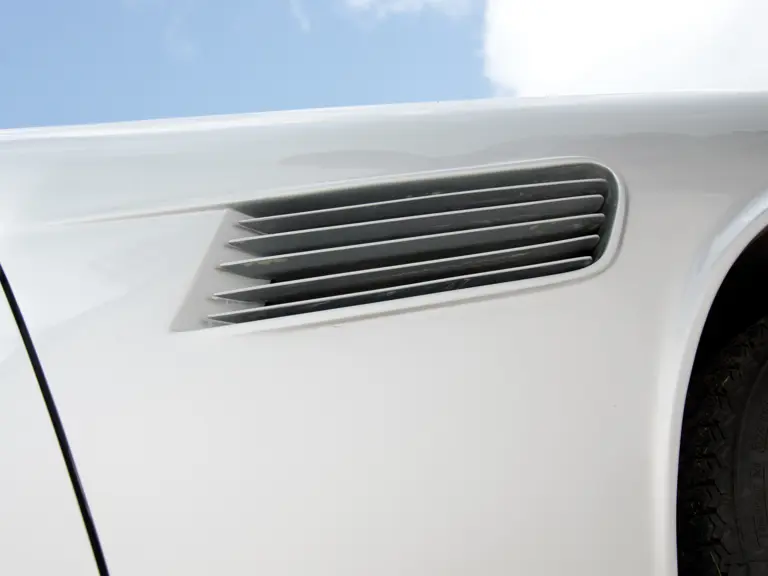
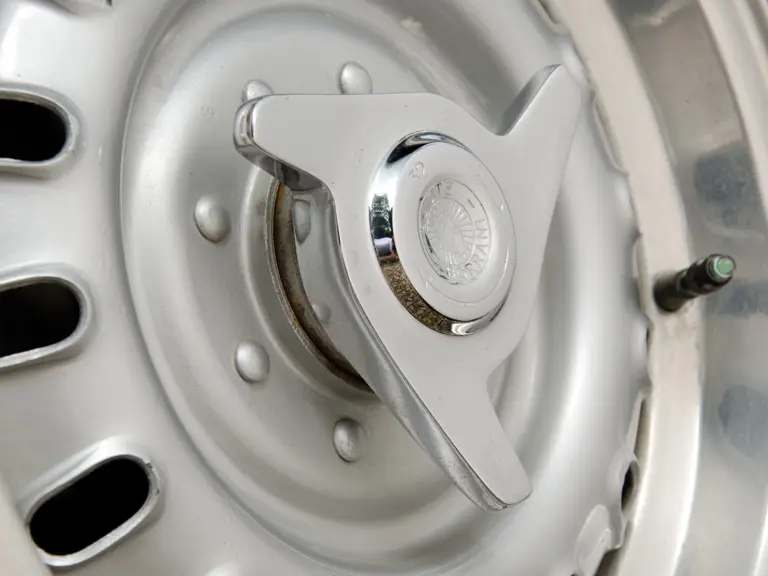
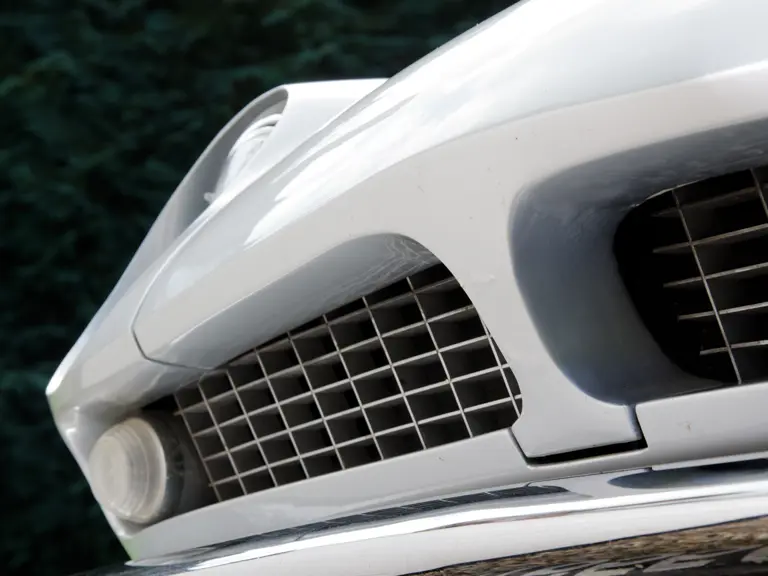
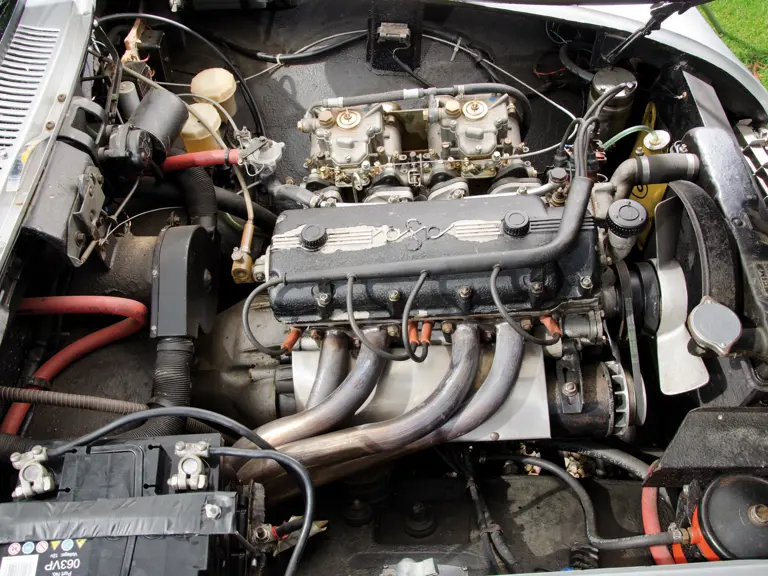


 | London, United Kingdom
| London, United Kingdom
